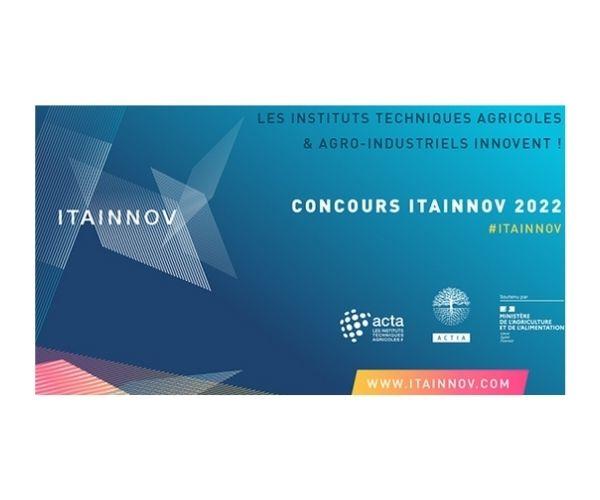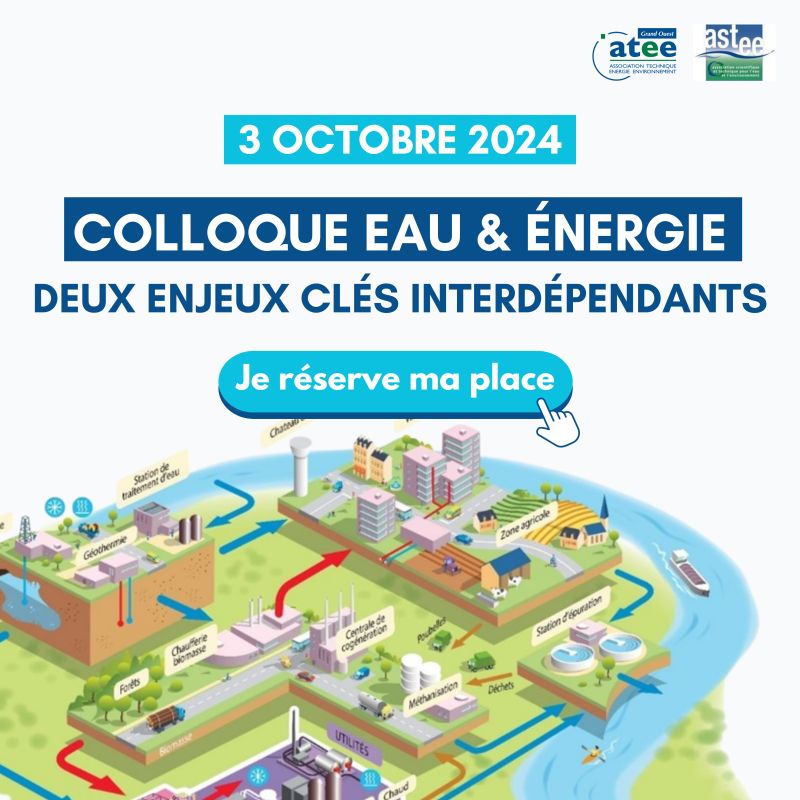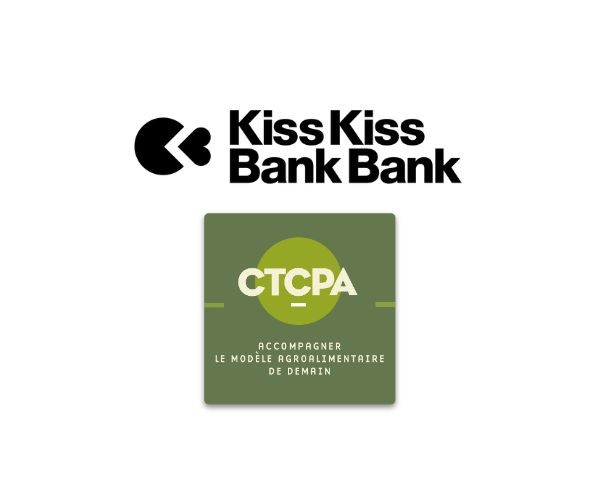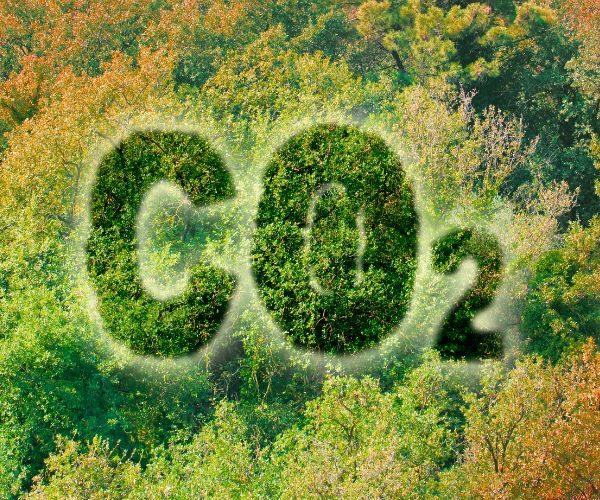Life of the CTCPA
NEW GENERATION FOOD PACKAGING, MORE SUSTAINABLE, ITAINNOV 2022!
22
Oct

Published on : 22/10/2021
The ITAINNOV competition has been revamped. It aims to put more emphasis on the positive impacts sought in economic and societal terms, on the environment and climate, on the safety and health of plants and animals, and also on product quality. The projects will be evaluated and analyzed by a jury of experts chaired by Catherine Geslain-Lanéelle. Alongside her, 18 personalities from the agricultural world will examine the 30 applications competing in the 4 main categories.
- "ENVIRONMENT - BIODIVERSITY - CLIMATE": the 11 projects in this category each meet specific innovative objectives, such as eco-design of products, preservation of the environment, etc.
- "ECONOMIC & SOCIAL PERFORMANCE": 8 projects are competing in this category. Most of them aim at enhancing the competitiveness and viability of companies and farms.
- "LABELS & PRODUCT QUALITY": the 4 projects are more oriented towards nutritional and sensory quality and the promotion of certifications (Organic, HVE, Label Rouge...)
" SANITARY SAFETY - PLANT & ANIMAL HEALTH ". The 7 applications in this category focus on research into animal welfare and food safety. Each project is more innovative than the last, combining health, safety, technology and environmental protection.
The CTCPA has proposed the project "New generation food packaging films, more durable" in collaboration with Ava BiochemCNAM/PIMM and LNE.
Food packaging films must be reinvented to meet new ecological requirements (bio-sourced, biodegradable). Polyethylene furanoate (PEF) is a bio-sourced material too expensive to be used alone; its association with polyethylene terephthalate (PET) plastic film, a material currently used but neither recyclable nor partially bio-sourced, is relevant for obtaining improved barrier properties. Nevertheless, when combined in tri-layer form, the films obtained are very fragile, even at low PEF incorporation rates. The proposed innovation consists in dispersing this PEF in the form of micro-layers in PET. This dispersion leads to the same gains in barrier properties, but without degrading the mechanical properties.
Expert in food packaging, the CTCPA accompanies and guides you to find the best synthesis for your packaging of your food products.
.png)







